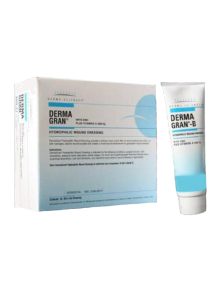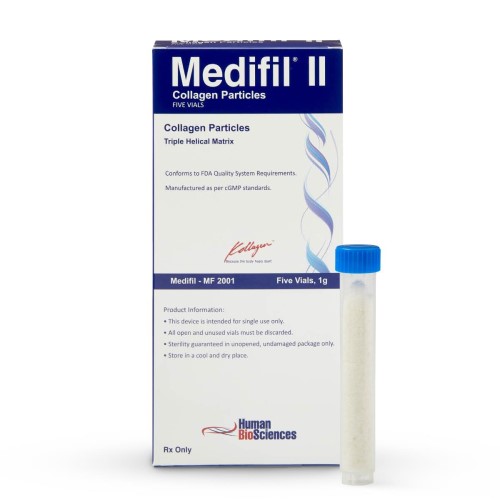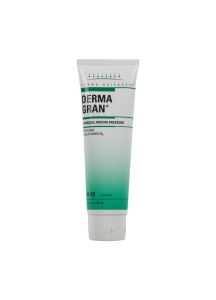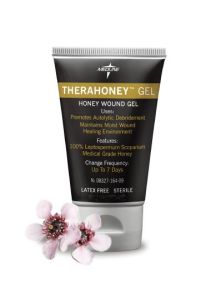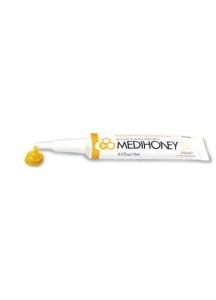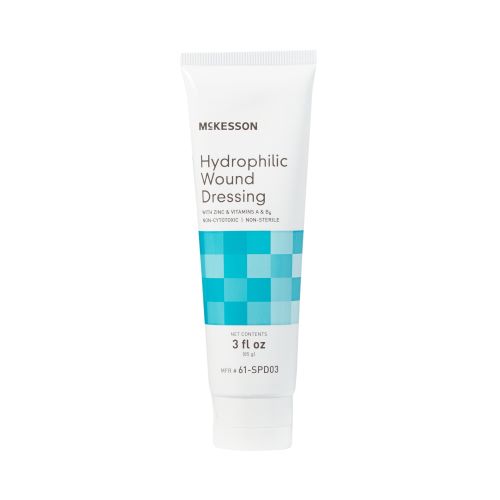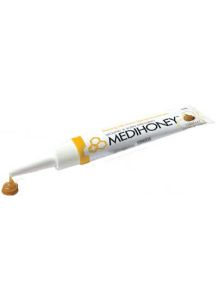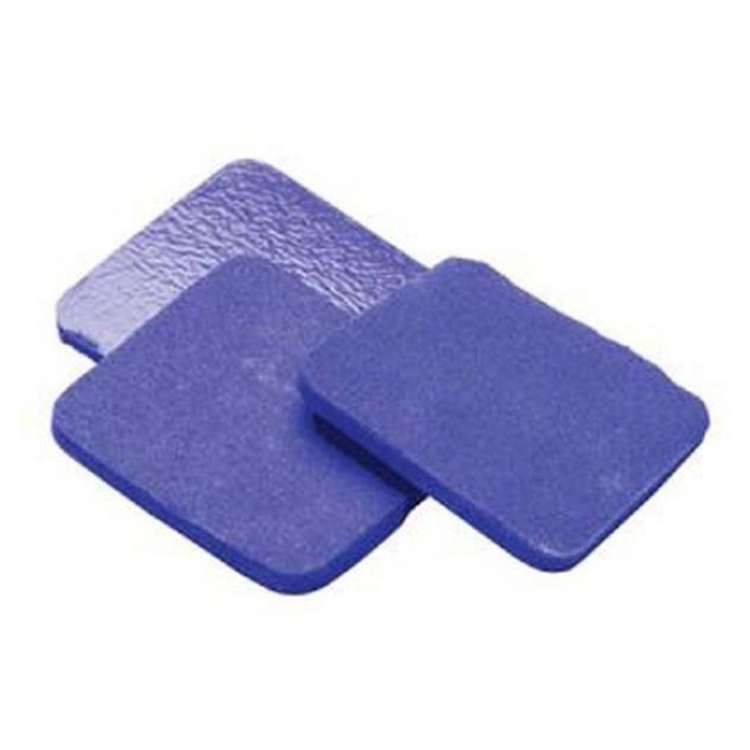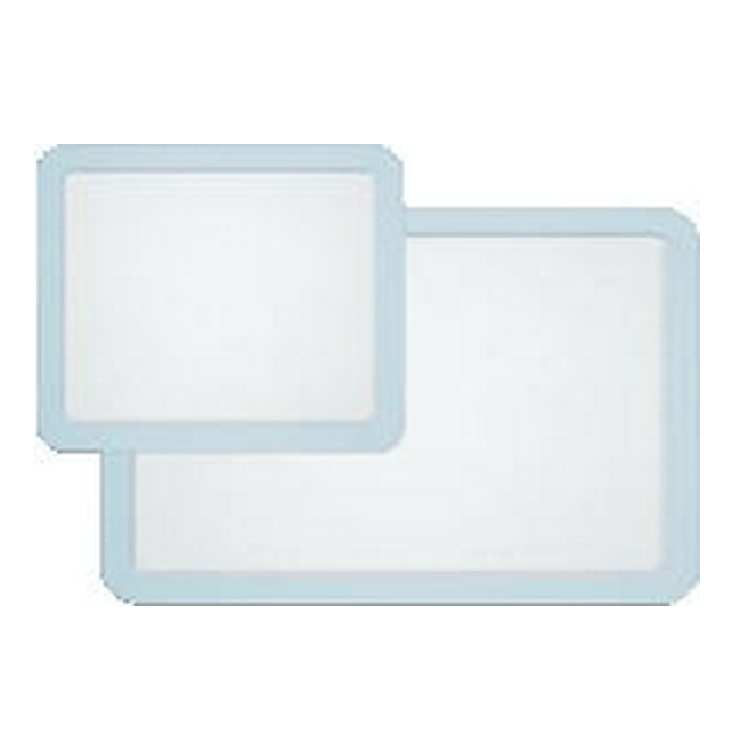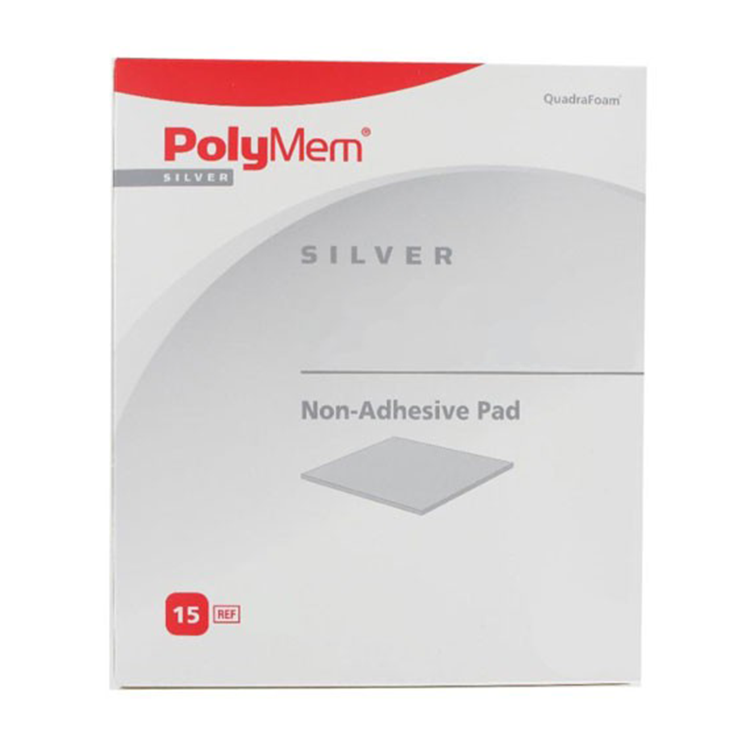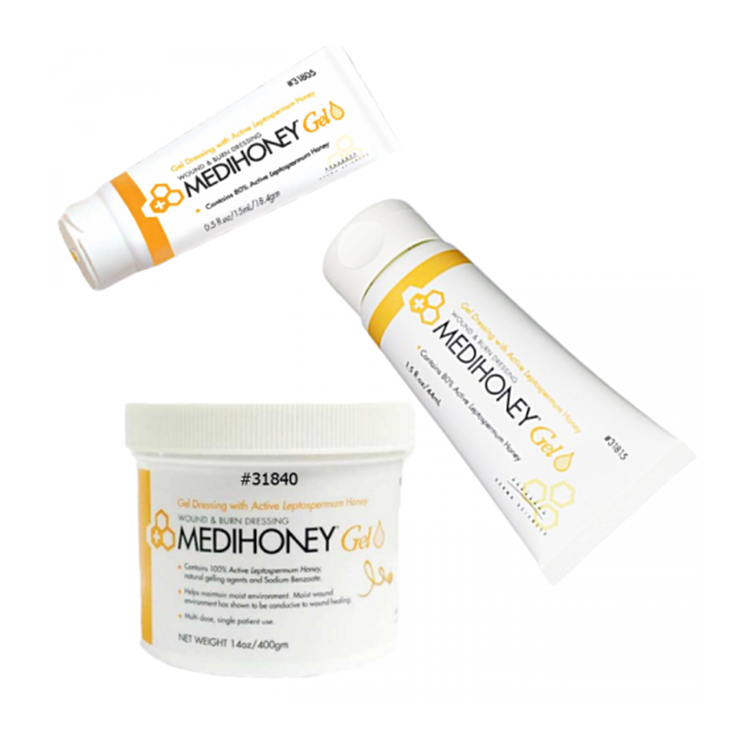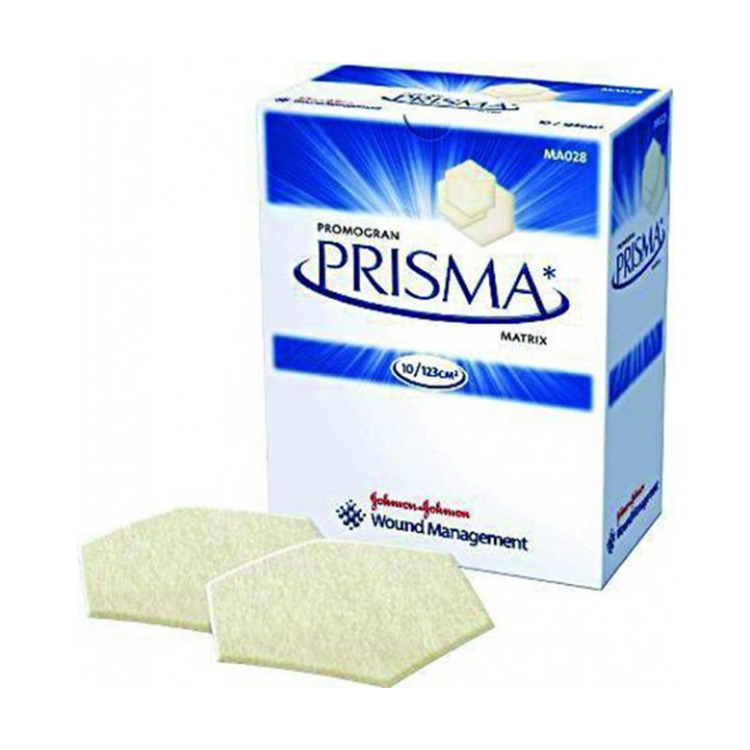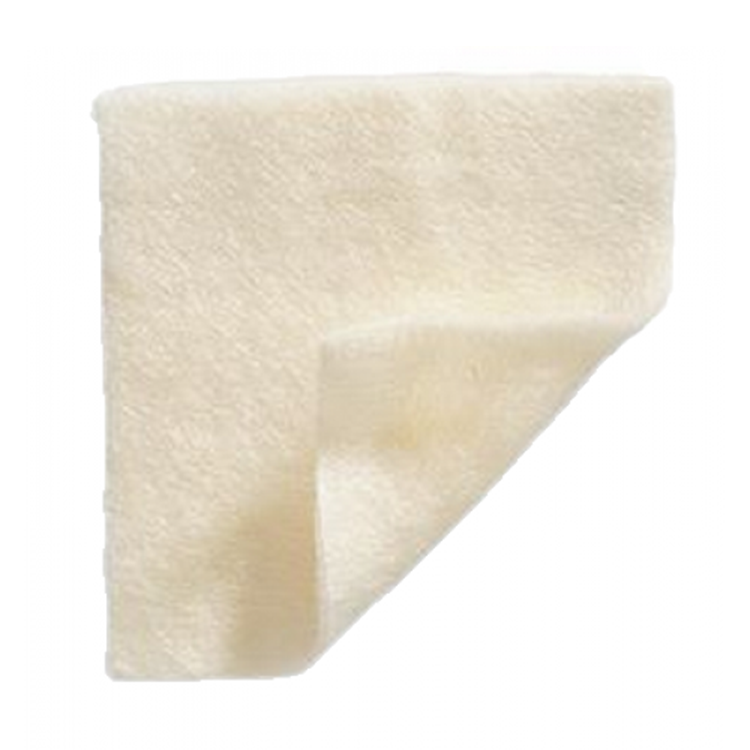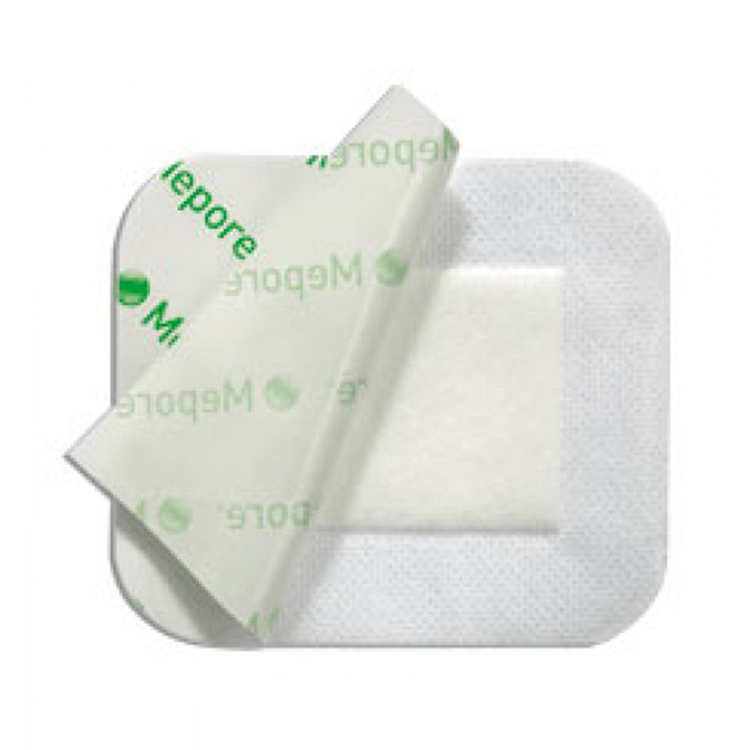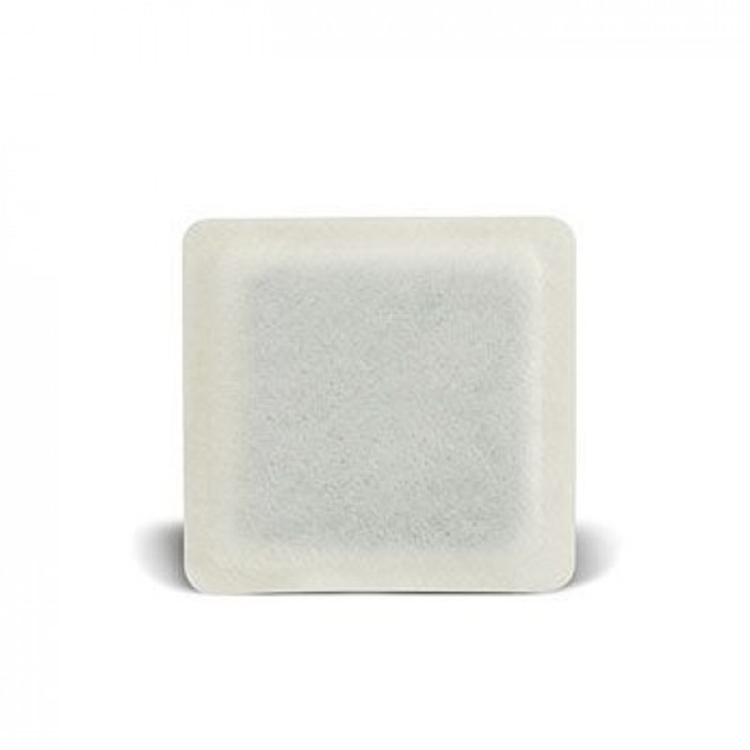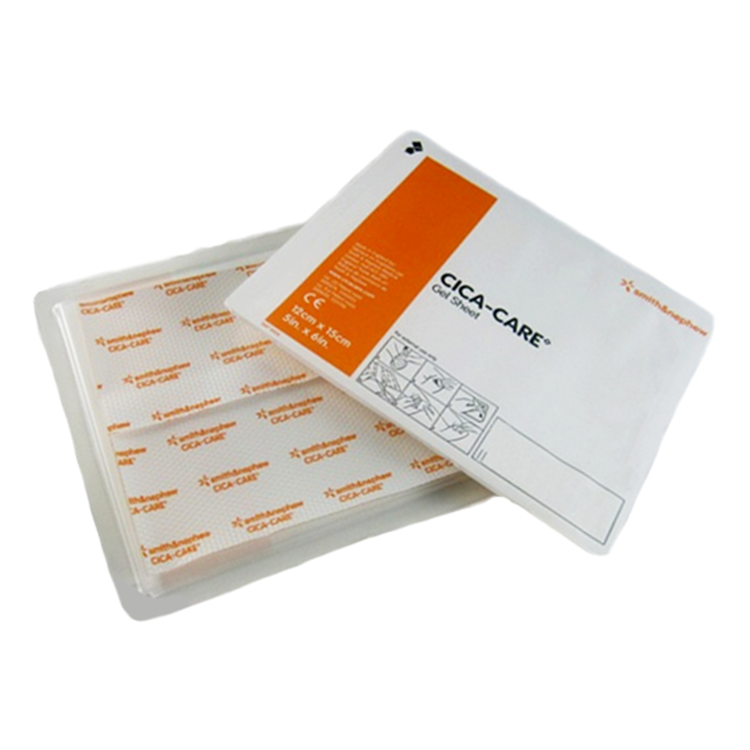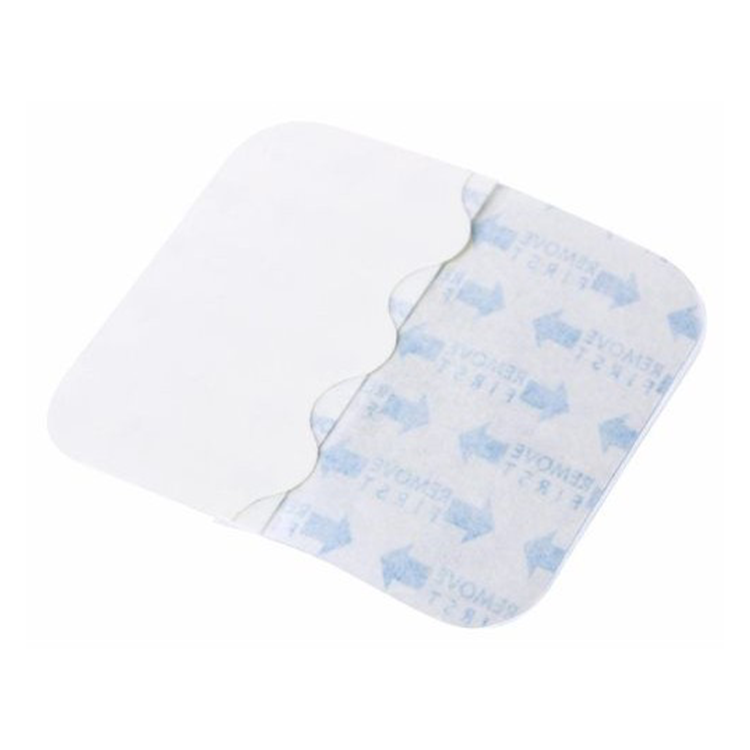What are Wound Fillers?
Wound fillers are medical products used to fill in and repair damaged skin. They are typically used to treat deep wounds, such as those caused by burns, cuts, or other trauma. Wound fillers are available in a variety of forms, including gels, creams, and pastes. They can be used to fill in gaps in the skin, reduce scarring, and promote healing.
Types of Wound Fillers
There are several types of wound fillers available, including collagen, hyaluronic acid, and polylactic acid. Collagen is a naturally occurring protein found in the body that helps to promote healing and reduce scarring. Hyaluronic acid is a naturally occurring substance that helps to keep the skin hydrated and reduce inflammation. Polylactic acid is a synthetic material that helps to stimulate the production of collagen and elastin, which are important for skin health.
Benefits of Wound Fillers
Wound fillers can provide a number of benefits, including reducing scarring, promoting healing, and improving the appearance of the skin. They can also help to reduce pain and discomfort associated with wounds. Additionally, wound fillers can help to reduce the risk of infection and speed up the healing process.
Side Effects of Wound Fillers
Although wound fillers are generally safe, there are some potential side effects. These can include redness, swelling, itching, and pain at the site of the injection. In rare cases, allergic reactions can occur. It is important to speak to a doctor before using any wound filler to ensure that it is safe and appropriate for your individual needs.
Frequently Asked Questions (FAQ's)
Q: What are wound fillers?
A: Wound fillers are medical products used to fill in and repair damaged skin tissue. They are typically made of collagen, hyaluronic acid, or other biocompatible materials and are used to treat a variety of wounds, including burns, ulcers, and surgical incisions.
Q: How do wound fillers work?
A: Wound fillers are applied directly to the wound site and act as a scaffold for the body’s natural healing process. The filler material helps to promote the growth of new tissue and encourages the body to produce collagen, which helps to fill in the wound and restore the skin’s natural appearance.
Q: What are the benefits of using wound fillers?
A: Wound fillers can help to reduce scarring, improve the appearance of the wound, and speed up the healing process. They can also help to reduce pain and discomfort associated with the wound, as well as reduce the risk of infection.
Q: Are there any risks associated with using wound fillers?
A: As with any medical procedure, there are some risks associated with using wound fillers. These include allergic reactions, infection, and the potential for the filler material to migrate away from the wound site. It is important to discuss any potential risks with your doctor before using a wound filler.

